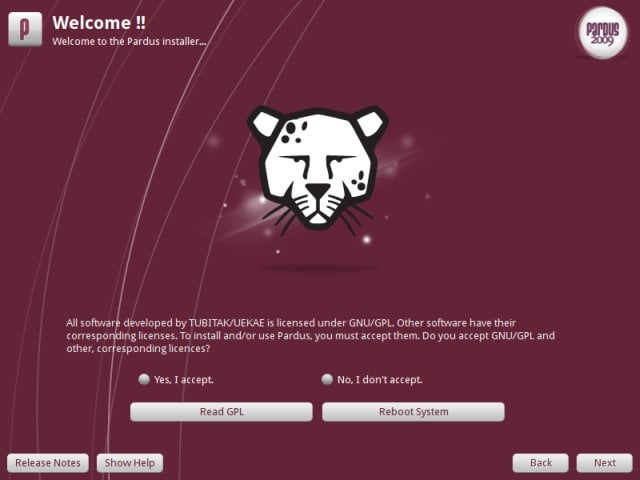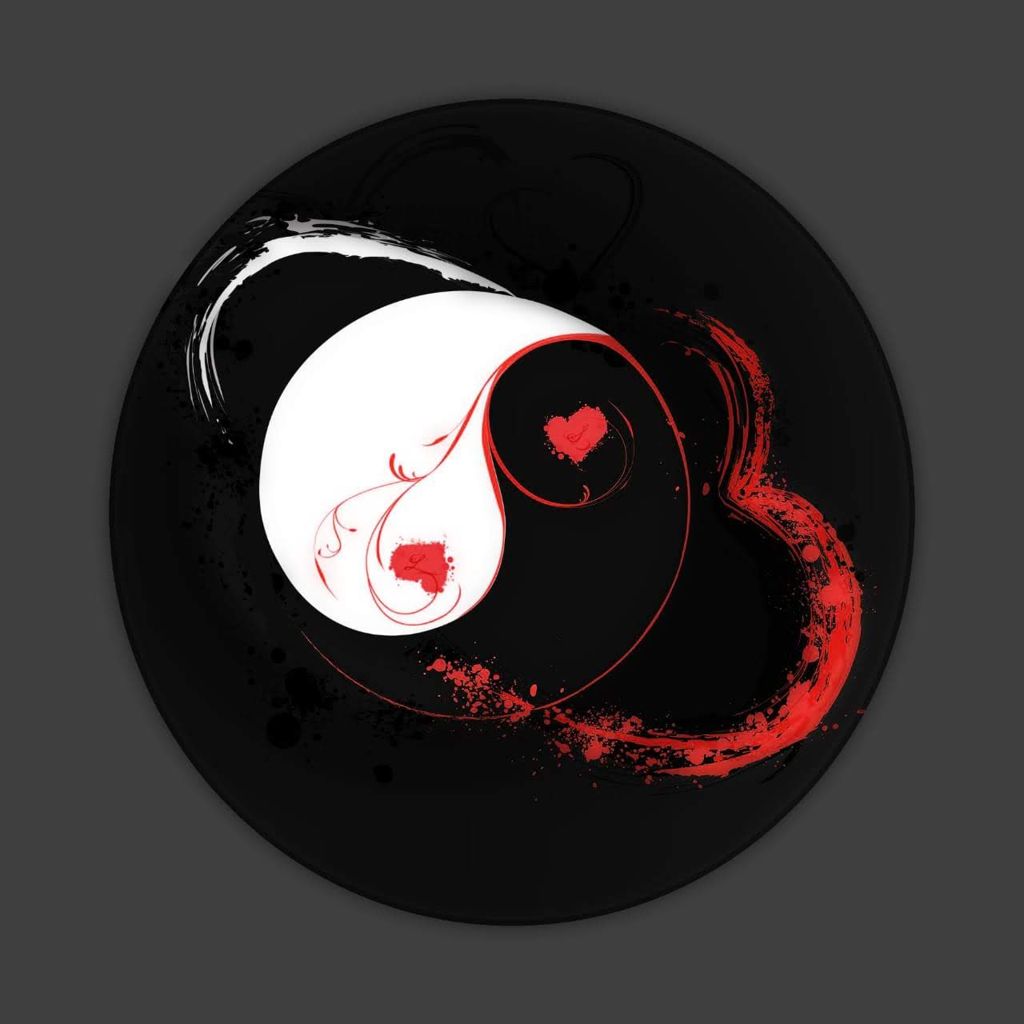During the first impressions of said distro, what feature surprised you the most?
Arch Linux. Everyone said it was hard to use, unstable, etc. but my experience with it has been the exact opposite.
Yes, the install process is needlessly complicated (although it got a lot simpler now that we have archinstall), but the OS itself is rock solid and rarely has any issues that require more than a reboot or a package reinstall to solve. The AUR is a godsend too if you don’t want or don’t know how to compile stuff from source.
Arch Linux has by far the best community, the support wiki is the most useful wiki to Linux there is, it basically covers everything. Mad props to the arch Linux community.
Agree, but mad props to the Gentoo people too. Nice community and incredible wiki as well.
I heard all the stability concerns when I first started using it. That was in 2008. It’s been my main distro ever since. Apart from 2 or 3 major changes over the years (eg, the infamous /usr/lib migration) it’s been rock solid and very up to date
I second this - for some reasons, my (almost) first distro was arch (first was a fedora for 3-4 days). Arch is great if you know what you are doing, you can have a lean mean compute machine
Yeah I feel like even if arch is a little easier to break than other distributions, it’s also way way easier to fix which basically cancels it out.
Manjaro, its a clean and simple way to install Arch with lots of good GUI for all the tasks a user needs to do on their system… Then it crash and bricked the install… 3 times.
Anyways I’m on Mint now.
Endeavour os was the great manjaro replacement for mw
Garuda Linux hands down. Arch at its core but has just enough hand-holding for me to be comfortable and able to do most things via a GUI out-of-the-box.
I might not have made the switch when I did if I hadn’t found this distro.
Bazzite for an honorable mention, running it on my laptop and recently had some update troubles as it hadn’t been booted up in a while and ended up rebasing to the newest image (and discovered there was a specific image for Asus laptops with nvidia GPUs). The rebasing process really WOW’ed me…
I’m a bazzite user coming from silverblue, Jorge and the team have really done a great job when you think how daunting silverblue can be at first but how accessible the I ublue projects are.
But I’ll add another point to Garruda because I completely miss judged it. Initially thought yup another edgy gamerz distro but their tools are awesome particularly the btrfs manager.
So many distributions impressed me, but I think gentoo, nixos, Guix and Alpine impressed me most. Maybe Zorin with its beautiful design for newcomers.
If I had to pick one, it may be Alpine. The idea of having a fully usable OS with so little is really impressive.
Gentoo, nixos and Guix are really impressive and make computing a pleasant activity.
my servers run alpine! it’s incredibly stable even for hobbiest use
Oh wow that’s awesome! With containers or on bare metal?
I run jellyfin on bare metal because it makes it easier to debug imo, but I do use docker for caddy and some other little applications (like a tomcat instance for example)
So the OS jellyfin runs on is Alpine?
yep!
Poke around with Caddy on bare metal Idk if it is something I was doing or just placebo from my head, but Caddy is a lot faster on bare than Docker in Alpine Tho the drawback is having to manually set-up logging if you need (otherwise g’luck with whatever it decides to throw at syslog)
interesting. I actually haven’t had any throughput issues yet but if I do I will definitely keep that in mind
Debian. Since so many distros are based of it I always thought of it to be a stripped down, minimal and basic distro, but after daily driving for a year now in suprised how feature complete and pleasent it is out of the box with kde DE.
Yeah, I tried a variety of Debian based distros to start my Linux journey and but eventually just settled on Debian stable and haven’t looked back.
Arch Linux, they have the aur and it has every softwares I ever wanted for my computing needs that isn’t easily obtainable on other distros, on Arch Linux I don’t have to rely on flatpaks, Ubuntu store or appimages
Gentoo’s USE flags. <3
I was surprised, in a bad way, at how difficult it is to get any VNC running. I tried Ubuntu, Kubuntu, and base Debian, but couldn’t get any VNC working. The closest I got was with Debian, but it gave me a different desktop than what was coming out the video port to my monitor. I’d be interested in hearing if anyone has had better luck with anything.
x11vnc works a dream once you have a systemd service running it on boot, but that rules Wayland out.
You may be able to get similar results by explicitly instructing the others to share display :0, otherwise they default to starting new sessions.I can’t remember if I have Wayland on my Debian installation with XFCE. I installed it several months ago, so I will check.
X11vnc works like a dream on X11, couldnt agree more.
There is wayvnc for Wayland supposedly to solve the same problem, but I havent tried it myself yet
I’ve taken a couple of pokes at it with no results. I’ll just have to sit down with it some day and figure it out.
Use Remmina on the client and then install anything that opens and listens to VNC ports. For example TightVNC or RealVNC.
Just even a small sys admin tip for Android phones
- For VNC - AVNC
- For SSH - ConnectBot
Void. Boots in 2 seconds to Xfce if not for udev. Maybe i’ll try mdev.
Manjaro and Ubuntu surprised me how bad they are
Guix System. The way that this distro keeps track of changes of the distro itself. The concept of having a store where everything you build is stored there with write protection. The fact that you can configure not only the system but every home environment to every detail but without having to deal with various configuration files that you keep track of it.
The fact that all builds are bit by bit reproducible. The extensibility you have in your system.
It’s the first distro I feel that nothing in your own OS instance is tied to any distro decisions.
The fact that you can have multiple versions of the same library without breaking the system.
It has a lot of things that I never thought it could be possible with a distro without going crazy about creating a very messy configuration.
I love it, but the configuration is messy. Many packages are out of date, but the Scheme syntax makes it easy to update them and build them on your system.
Problem is, getting these updates merged with the upstream never happens generally speaking (I have several open patches), so you end up having two working trees in your local Guix repo, and heaven forbid you run guix pull on the wrong branch.
I come from Debian stable so…
I’m currently ending the Guix manual. I want to add freetube and N64recompiled packages. Didn’t know it’s difficult to get patches or packages update to mainstream.
It’s a bit funny that the records that Guix uses are not the baseline records of the Guile api but modified ones. And the documentation in some low-level regards is scarce.
But using Guix opens up endless options and more importantly it helps you manage and learn how to setup operating systems.
the best resource in Guix is searching the irc logs or reaching out to their irc directly. The manual only gets you so far
Puppy linux seems like its still one of the more unique Linuxes around. Its my go-to when I need to do a recovery for family/friends and seems to almost work with any system. If it can, it will load its entire system into the RAM and go to town. If it cant. then it will act like a live disk…but you can “save” the OS multiple different places. Its a fun little OS.
I ran Puppy as a daily driver for about a year before I finally got a new hard drive for that computer. It’s surprisingly robust for such a tiny footprint.
If you like Puppy, also have a look at Easyos. Created by Puppy’s orginal creator.
Ha. Was about to say the same. Running EasyOS on one ofy extra partitions for testing, and I end up using it as semi-daily driver often due to how light it is. Great on a USB key, too.
It is also somewhat unique, on top of other Puppy distros.
The old Pardus, YALI was, and still is, the most awesome installer i’ve ever meet. Also Kaptan was amazing



Tuxedo OS, as preinstalled on my Tuxedo machine. It is just a heavily tweaked Ubuntu flavor with Plasma as a default desktop and sane defaults (firefox not as a snap, but as a .deb file). Everything worked so well out of the box that I did not see the point in installing Arch. I also love the fact that Plasma is kept very much up to date. In comparison, Kubuntu 24.04 still has Plasma 5., whereas I currently run 6.1.4.
openSUSE Tumbleweed, it’s jusr a solid distro altogether
I’ve run OpenSuSE and then Tumbleweed for a while (as in years, now) on a variety of devices (including nVidia) with no real issues. It’s been by far the most solid of the distributions I’ve used since I started using Linux in the '90s.















